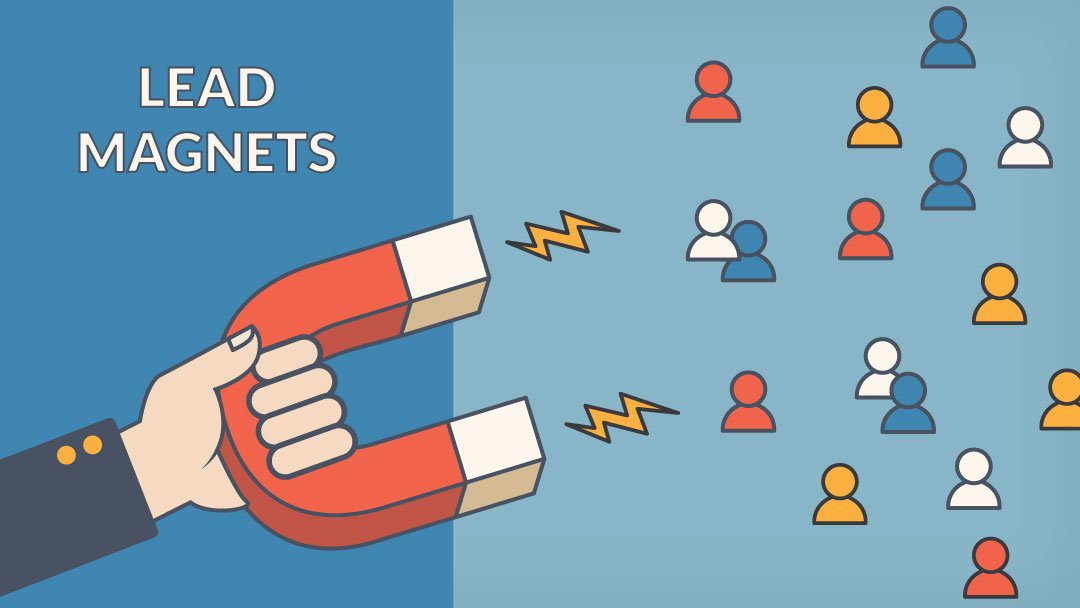One of the most common questions we get at my agency is whether to run paid search or paid social ads for their business. And, of course, that often translates to whether they should run Google Ads or Facebook Ads.
In this post, I’m going to look at search vs. social PPC, when you should use one or the other, and when you should use both.
B2B Services Offers
In most cases, it makes more sense to use paid search for pitching B2B service offers. The main benefit of search ads here is timing. You can present your offer to your target audience at the exact moment they are actively looking for your service. The big knock on social ads is that you end up targeting a huge percentage of users that simply aren’t currently in the market for what you offer. This can be because they are happy with their current solution or simply don’t need/want a solution.
When you do run search ads, you do need to ensure that you follow best practices to ensure your ads are getting in front of business users. Here’s an article about targeting business users with Google search ads.
If you do choose to give Facebook Ads a whirl, I’d recommend going with a free trial offer and using a service such as Uplead to build your target audience. This will bump up your click-through and conversion rates to feed Facebook’s optimization algorithm.
Lead Magnet Campaigns
Whether targeting consumers or business users, lead magnets offer something of value for free in exchange for their contact information. The most common lead magnets are eBooks and pre-recorded Webinars.
Paid social is the go-to solution here. You should be able to generate leads for a buck or two each. If you’re spending more than that you either aren’t targeting the right audience or your offer isn’t attractive enough.
Avoid paid search for this campaign type. You will be competing with bottom-of-funnel offers where in they are happy to pay 10-100x or more than you can for this type of lead.
Keep in mind also that you get what you pay for. You are not going to be able to convert the vast majority of lead magnet contacts into customers. I strongly recommend hiring an email marketing expert to build out and optimize your email drip campaign. This will vastly improve your closing rates.
Home Services Campaigns
Home services is a bit tricky to answer and depends on the type of service involved. Recurring services such as home cleaning can work perfectly well on either platform. Whether somebody is or isn’t considering home cleaning or may be looking to switch services, this type of offer has wide appeal. Simply targeting homeowners above a certain income level with a great introductory offer can easily generate leads on Facebook Ads. Likewise, running “home cleaning” paid search keywords is going to generate a bunch of leads. In this case I’d run on both platforms and then redistribute your budget based on what’s working best.
Likewise, painting can work on either platform since many homes can use a fresh coat of paint, it’s simply a matter of the owner procrastinating.
Specific one-time services such as household repairs are generally going to work much better on Google Ads. The reason for this is that most of your Facebook target audience for that type of offer doesn’t have any need for it. Think through a situation with a washing machine repair. The need is pretty urgent for most consumers, they are not going to wait for months to take care of this. That’s where responding with a timely search ad is going to work way better than social media ads targeting homeowners.
eCommerce Campaigns
eCommerce needs to be divided into a few different categories based on sales value.
Low Ticket Items
It used to be that Facebook Ads were a license to print money for low-cost consumer products. Unfortunately, times have changed. With Apple’s roll-out of new privacy controls, Facebook performance has declined sharply. This has left many consumer products companies scrambling for an alternative.
While my agency doesn’t currently offer TikTok management solutions, that’s exactly where I recommend you run your campaigns. While TikTok has also taken a hit from Apple, their numbers are still pretty healthy overall.
In terms of Google Shopping Ads, it can be difficult to make the numbers work for low-ticket items. If you have a one-off product that sells for less than $25 it’s probably going to be tough trucking.
High Ticket Items
If you’re selling high ticket items, over $200, Google Shopping is where you want to be. You will typically pay a much higher average CPC than on Facebook Ads, but higher conversion rates will more than make up for that. By definition, people arriving at your site through shopping ads are actively looking to purchase or are at least in the decision-making phase of the sales funnel.
if you run Smart Shopping you’re all set here. If you prefer to run standard shopping ensure you’re running remarketing ads across search, display, and Discovery networks.
High Client Lifetime Value
Maybe you sell a product that is relatively low-ticket, say $25, but you create a recurring revenue stream because it’s a consumable food item or supplement. Or perhaps you have a clothing brand with a high repurchase rate. In this situation, you should absolutely be running on both Google Ads and Facebook Ads. And, don’t forget to cross-pollinate your remarketing campaigns to maximize conversions and growth.
Also, don’t be afraid to just break even on your ad campaigns. You can easily make up your profits on future orders promoted through low-cost email, organic search, or organic social media campaigns.
Everything Else
There’s no one-size-fits-all solution for every business.
For Social Ads to work well you generally need to have an offer with wide appeal that can be sold to anybody at any time. Search Ads, on the other hand, can work for virtually any type of product or service except very low-value offers. But no matter what you sell, you should always be experimenting with different platforms and campaigns. To that end, carve off 10% of your advertising budget that’s dedicated to trying something new every quarter.
That may be a new ad platform, new campaign type, novel creative, or anything else to shake up your marketing mix.



